Instructions on how to make a Cyanotype
and some interesting historical notes.
A cyanotype is the same as a blueprint which is the same as a Ferro Prussiate print.
Three names for the same thing
Here are some detailed instructions on how to make a cyanotype:
…..
Put 40 grams of Potassium Ferricyanide in 500ml of distilled water.
In another container put 100 grams of Ferric Ammonium Citrate (the green stuff not the brown stuff) in 500 ml of distilled water.
Photographers Formulary has a good supply of Cyano Chemicals and other stuff.
Keep both solutions separate in brown or green bottles and preferably away from any light.
Only mix the two solutions just before you want to use them.
I put my solutions in old Grolsch bottles with the resealable tops. (Home brewers and home photo chemists LOVE these things.)
One should use distilled water instead of tap water.
On this occasion though I used Winnipeg tap water. After a short while some sediment formed at the bottom of the bottle of Potassium Ferricyanide solution I had prepared. Probably because of trace amounts of iron in the tap water. It may not harm the process in the future, and the prints worked fine on the day of.
Mix even amounts of each solution in a non metallic container. (30ml and 30ml is enough for coating dozens of pieces of paper.)
All of this can be done in regular indoor light.
Paint the solution on some thick paper, cloth or wood, or almost anything porous that won’t fall apart when rinsed in water.
The solution is very watery. It is in fact, basically water, so be careful not to drip and splash it all over the place.
Let it dry in the dark. It will have a bright green yellow colour.
One coat should be enough. Adding a second coat after the first one has dried adds a little density but not enough to make the action worthwhile.
Drying takes about half an hour in the dark. Add a fan. It speeds it up.
The paper has to be bone dry before you expose it to sunlight otherwise odd foggy blooms will show up.
Three to four minutes in sunlight will work for Rayograms.
Rayograms are when you place random stuff like paperclips, lace, feathers, leaves etc… directly onto the surface of the print.
Fun! Try your keys or sunglasses or office supplies.
(Rayograms are also called Schadographs, or Photograms.)
A UV lamp normally used to expose screens for silkscreening processes did not work. 15 minutes under the bright UV lamp did not even equal 2 minutes in sunlight. (A cloudy day will work as well.)
People have told me a UV lamp has worked for cyanotypes, and I believe them, but in our case it did not work and the sun was very quick.
Photographic Negatives will take fifteen minutes or so in sunlight. (You will need to put some glass on top to make sure the cyanotype paper is in good contact with the neg.)
You can see the chemicals actually reacting with the sunlight after about 30 seconds.
It will go from bright yellow greeny to a metallic grey dark blue.
To develop the print all you need to do is rinse it in water for about ten minutes.
Make sure all the yellow from the chemicals has washed out.
Expose the print slightly darker than you want the final image to be as the water wash will fade the image slightly.
The Prussian Blue, or Turnbull’s Blue of the Cyanotype will darken as it dries after washing.
After the blue print has dried you can tone it brown by soaking it in strong Irish Breakfast tea.
Here are some selections from books scanned by Google
from the 19th century that mention Cyanotypes.
The chemical language is a bit odd but it mostly makes sense.
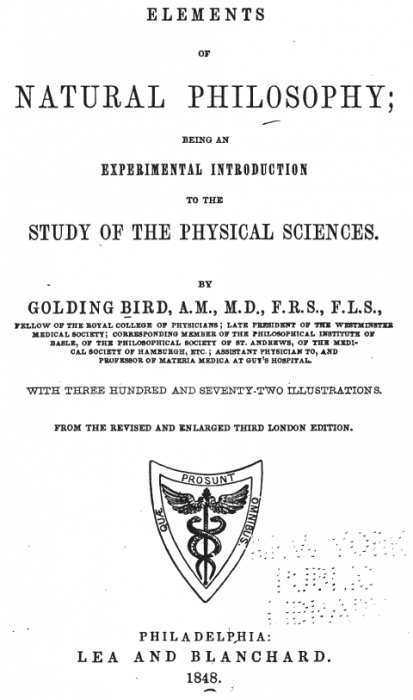
From “Elements of Natural Philosophy” Golding Bird, 1848
“The class of cyanotypes are peculiarly beautiful, and some of them have
peculiar claims to our attention. One of the best is made by washing paper
with the red prussiate of potass, and when dry exposing it to the sun, with
the object to be copied pressed in close contact with it by a plate of glass.
The effect of the light is to evolve prussian blue, which remains fixed to the
paper. On soaking tbe picture thus produced in water, the unchanged prussiate
is removed, and a white picture on a beautiful blue ground results. This
easily prepared paper affords a ready and excellent means for copying ferns,
sea-weeds, lace-work, engravings, &c., but is not sufficiently delicate for the camera.
The most sensitive cyanotypes hitherto obtained are those prepared
by the following procedures, devised by Sir John Herschel.
Mix together equal parts of a cold saturated solution of bichloride of mercury
with one of the ammonio-citrate or iron, (1 part of the citrate to 11 of
water.) Before any precipitation occurs, wash over with this fluid a sheet
of yellow wove post-paper, and dry it. Paper thus prepared may be kept
for some time without becoming deteriorated. A piece of this should be
placed in the camera, until a decided, although faint impression is just visible.
It should then be removed and rapidly brushed over with a saturated solution
of the yellow prussiate of potass, diluted with three times its bulk of strong
gum· water. The picture gradually unfolds itself in an extremely beautiful
manner, and should be allowed to dry in the dark, where it should remain
for some days, when it will bear strong light, with impunity. If a picture
thus obtained be heated, it is converted from a blue positive, into a brown
negative one. By keeping, however, it recovers its positive character and original color.
In the cyanotype picture we have seen that an actual alteration of color,
and the conversion of a positive into a negative picture, take place by the mere application of heat.
The agent in producing this curious change is considered by Sir John Herschel
to consist of rays of some kind abounding in tbe red and orange bands
of the solar spectrum, and emitted by bodies heated just below redness.
These rays, for which the term of para-themic: has been proposed, appear to
bear the same relation to the true calorific rays as those· active in producing
chemical and photographic phenomena do to the chemical ones.”
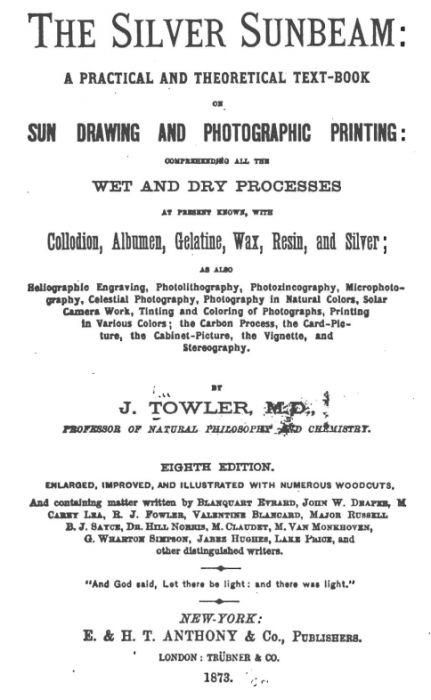
From “The Silver Sunbeam” John Towler, 1873
“Cyanotype.-Float on a solution of the sesquichloride of
iron, dry and expose; afterward wash the prints, and then
immerse them in a bath of ferridcyanide of potassium. The
picture will appear of a blue color in all those places where
the sun has acted. Ferridcyanide of potassium has no action
upon the persalts of iron; on the protosalts, however, it
produces prussian blue.”
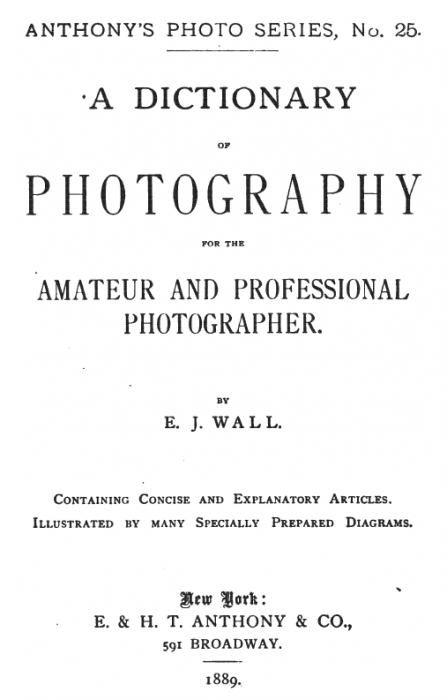
From “A Dictionary of Photography for the Amateur and Professional Photographer” E.J. Wall, 1889
“Cyanotype– A process discovered by Sir John Herschel,
which depends upon the reduction of red prussiate of potash
by light to Prussian blue. It is extremely useful for taking
rough proofs, and for copying engineers’ or architects’ plans.
The process of manufacture is as follows :-Herschel’s original process-
Ammonio-citrate of iron … 2 and a half ozs.
Distilled water… 10 ozs.
Dissolve, and coat plain drawing paper with the solution by aid
of a buckle brush or tuft of cotton-wool. When dry, expose
under a negative, and develop on a solution of ferricyanide of
potash. Wash in dilute hydrochloric acid, and then in water,
and dry. The exposure required for this is very long, and
various modifications have been suggested. Another method,
giving blue lines on a white ground, is as follows:-
Potassium ferricyanide 600 grs.
Distilled water 5 ozs.
Ammonio-citrate of iron 600 grs.
Distilled water 5 ozs.
Dissolve the two salts separately, and mix the solutions, and
keep in the dark. Coat the paper as above, and when dry it
must be kept for four days before use. The paper is printed
in the usual manner, and merely washed in water till the
drippings are colourless. The fully exposed print should show
all detail, and have a bronzed-greenish appearance where the
light has acted, before washing. The exposure is usually double
that for ordinary silver paper. The following are great improvements,
as the duration of exposure is much shortened :-
Ferric chloride 480 grs.
Tartaric acid 480 grs
Distilled water 20 ozs.
Coat the paper as above, and dry quickly. Expose to direct
sunlight for about three or five minutes. No image is visible,
therefore experiment alone can determine the time, and develop on following :-
Potassium ferricyanide 480 grs.
Distilled water 7 and a half ozs.
When sufficiently developed, wash well, and dry. By the
following process positives may be obtained direct from positives :-
Gum arabic 720 grs.
Ferric chloride 480 grs.
Tartaric acid 240 grs.
Common salt 240 grs.
Distilled water 12 and a half ozs.
The paper is coated in the same manner as before, dried, and
exposed as usual, and developed by floating on a one-in-ten
solution of potassium ferricyanide; then immerse in a clearing
bath of hydrochloric acid, one in ten, wash, and dry. Several
methods have been proposed for obtaining black lines instead
of blue, but at present none are satisfactory-soaking in tannic
or gallic acid solution, floating on nitrate of silver, chloride of
gold, or perchloride of platinum.”

A blueprint and a Pellet print are two sides of the same coin.
Here is info about the Pellet process:
Cassell’s Photo Cyclopaedia article on the Pellet Process 1911
Cassell’s Photo Cyclopaedia article on Blue Prints 1911
Click on the PDF above to see some old info on colouring blue prints various colours; black, purple, even green!
Here is an excerpt:
“Greenish Black.-Dissolve 30 grs. of borax in 1 oz. of water and add sulphuric add
drop by drop till the solution just reddens litmus paper.
Next add a weak solution of ammonia till the red colour begins to change, and finally add 4 grs, of catechu, shake well and filter; tone, wash, and dry.
Brownish Black. Add 6 drops of liquor ammonia to 1 oz. of water,
immerse the blue-print, and allow to remain until the colour has vanished; then wash and
place in water I oz., tannic acid 9 grs., in which the bleached print gradually assumes a brown or brownish black colour; wash and dry.”

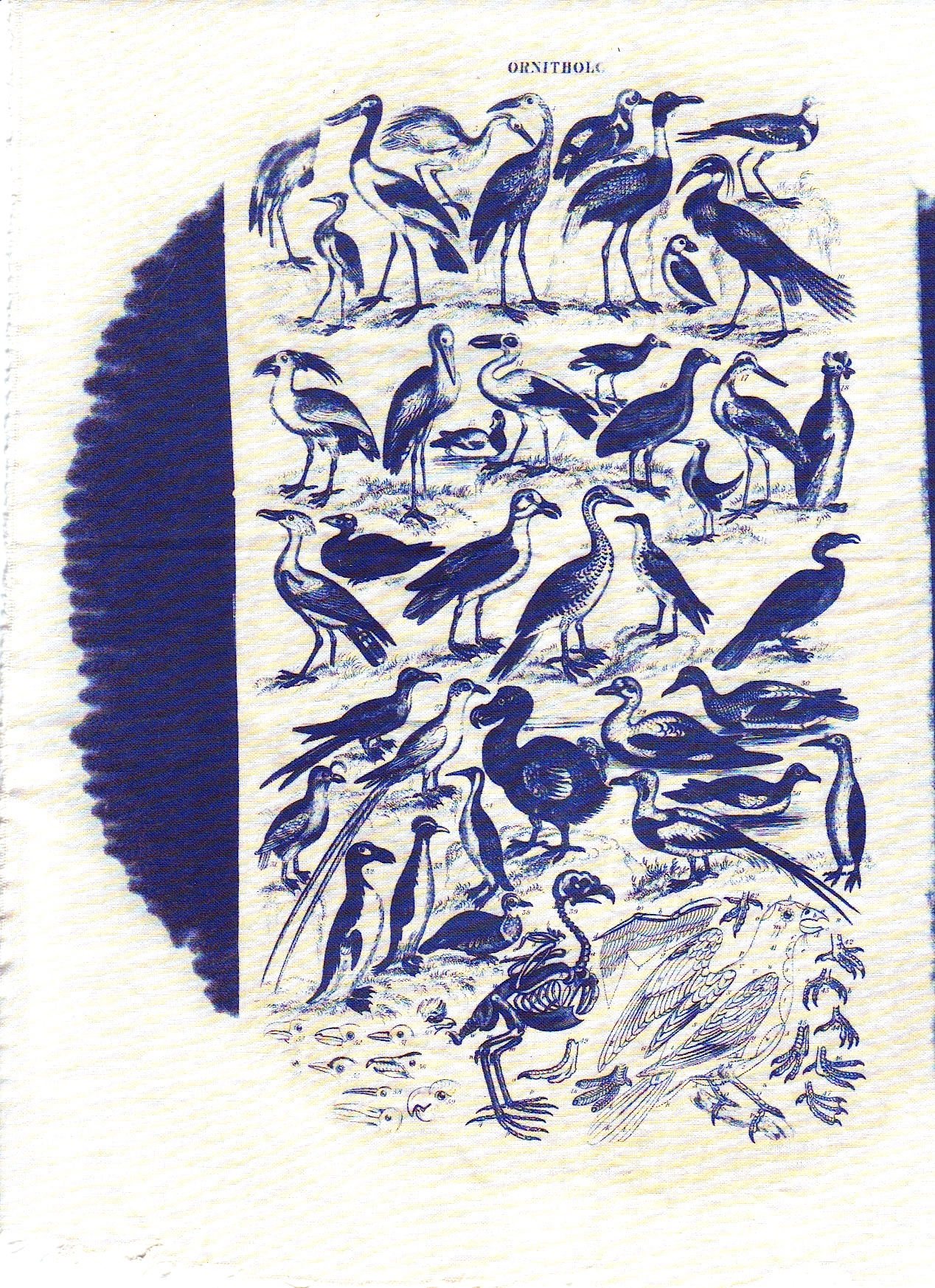
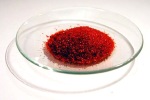
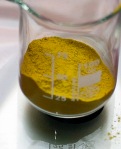

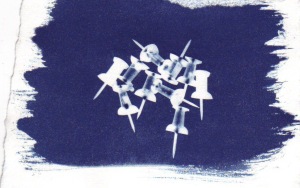

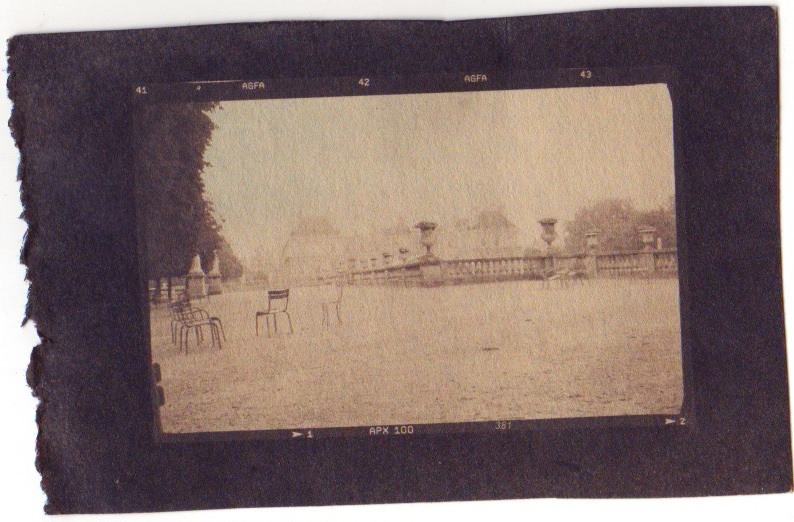
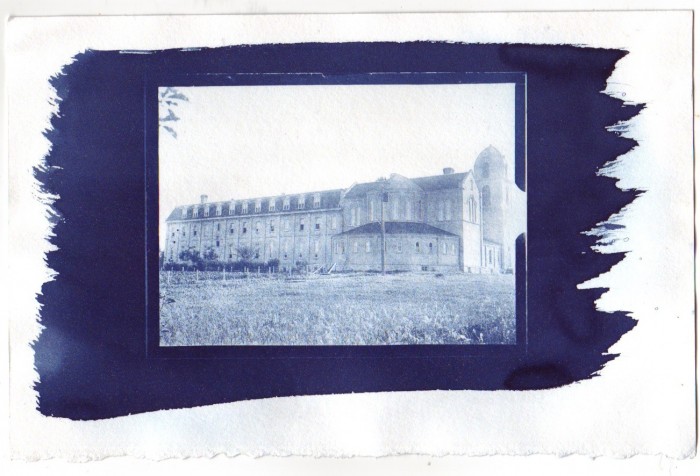
Sorry to bother you, but storing chemical solutions in beer bottels, even if they are non toxic is not a good idea and should be a no go for every (photo) chemist, because the risk of confusion is very high.
I try to keep them labelled to forego any confusion.